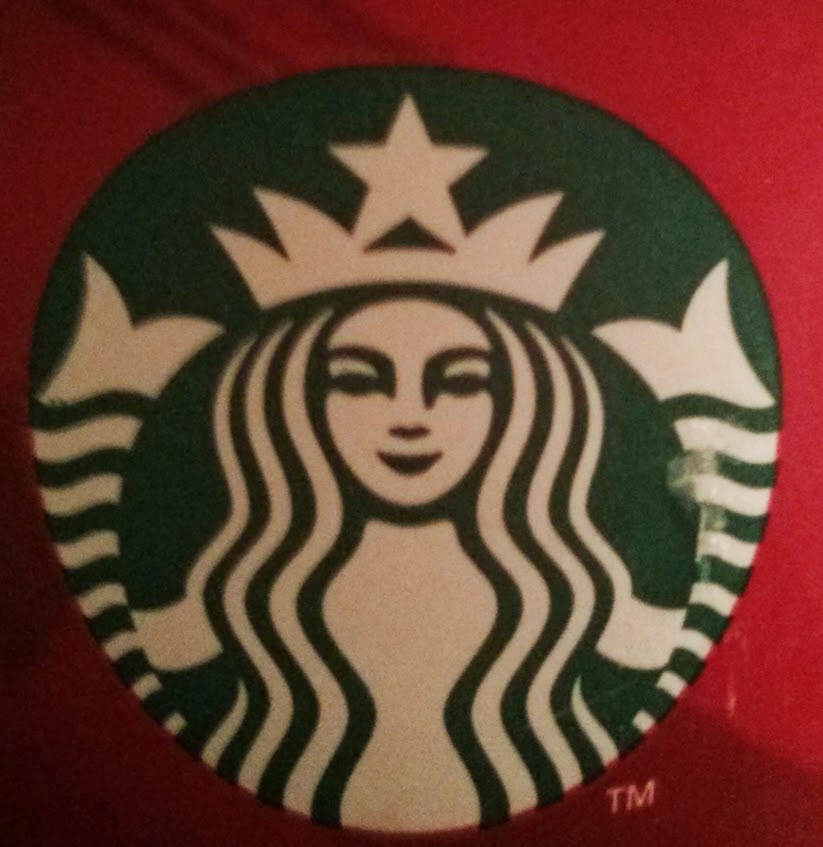Starbucks recently announced they will be offering delivery
services for their food and beverage items in select locations. To date,
details about where products can be delivered, its costs, and how it is going
to function have been withheld. Experts are confused as to how any company
could offer low cost personalized differences. They do seem to agree that if it
works Starbucks will be blazing some new trails in logistics that will be
adopted by others.
I congratulate Starbucks on creating buzz in the market
because there will be a lot of companies watching how they are effectively
going to do this on low value purchases. The media is ablaze about the development and
its implications on e-commerce. Uniquely Starbucks is taking sales and delivery
down to a micro level not yet seen on a large scale.
Starbucks is trend setting by not only offering deliveries,
but also providing pre-order cellphone applications that customers can pick up
later. No one wants to wait in a long Starbucks line when they know they can
grab and go with a pre-order application. Approximately 15% of all their customers’
purchases are being made through mobile devices.
The great innovations have some theorists wondering. Some
have argued that the minimum purchase price needs to be over $20 dollars to
make it economically feasible. Certainly this is one possibility. The other
possibility is they will require a purchase minimum like $7 and have three
deliveries in the same area. Instead of one delivery you are making three within
a short distance with each other.
This would require delivery in high concentrated areas to
make a return even possible. There is no doubt technology is lowering costs but
to do so on a $2.25 cup of coffee is unprecedented. The only item to
effectively beat economy of scale margins would be many small purchases or
combining multiple services and benefits together.
An additional benefit is that more loyalty through habit is
being developed with every purchase. The consistent use of technology and
applications fits within the tech savvy and trendy markets that create an image
that others in society are likely to emulate. Getting customers to make the
coffee as part of their working lives certainly makes a difference in longer
term sales.
What Starbucks is doing is being a market leader in
personalized logistics where members of society can order products and create
consumer culture right from their phone. Today you may be limited to a cup of
coffee from Starbucks or a bag of groceries from Amazon Fresh but tomorrow you
may be having someone deliver your healthy meals three times a day. Wait…you
can already sign up for this through a local service. Times have changed and so
has the expectation of service.
